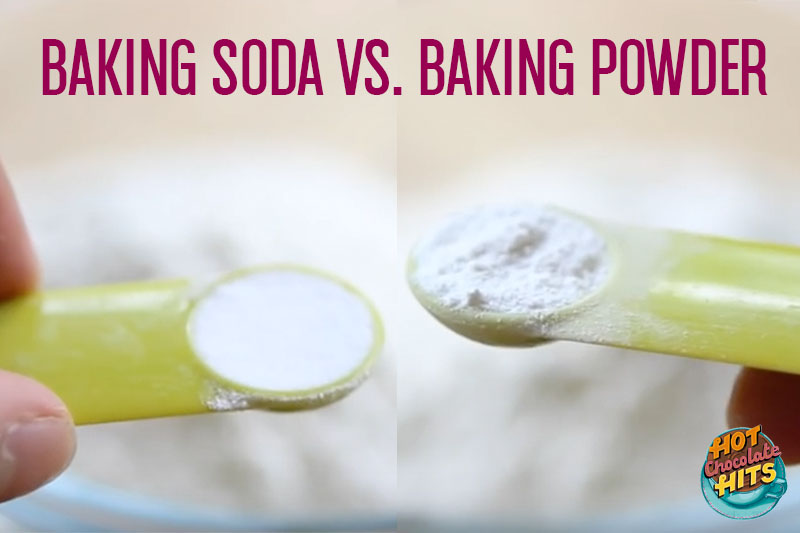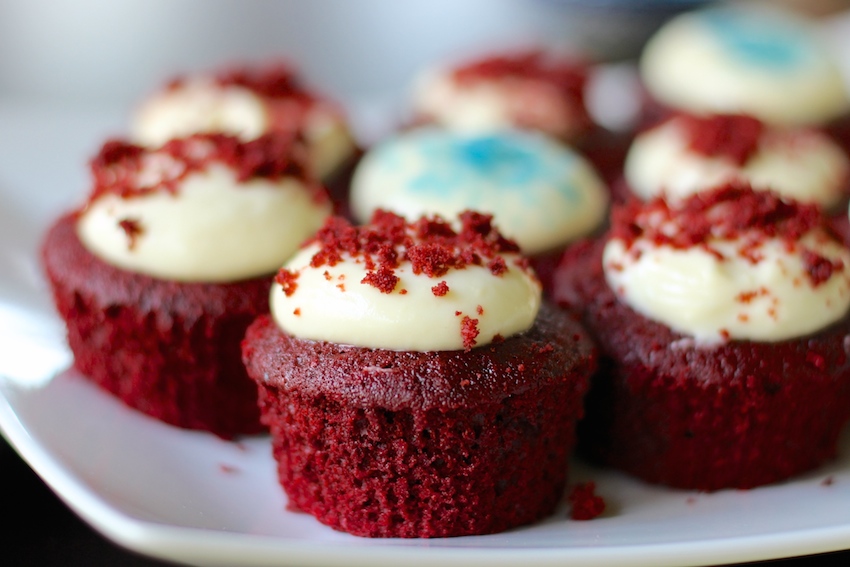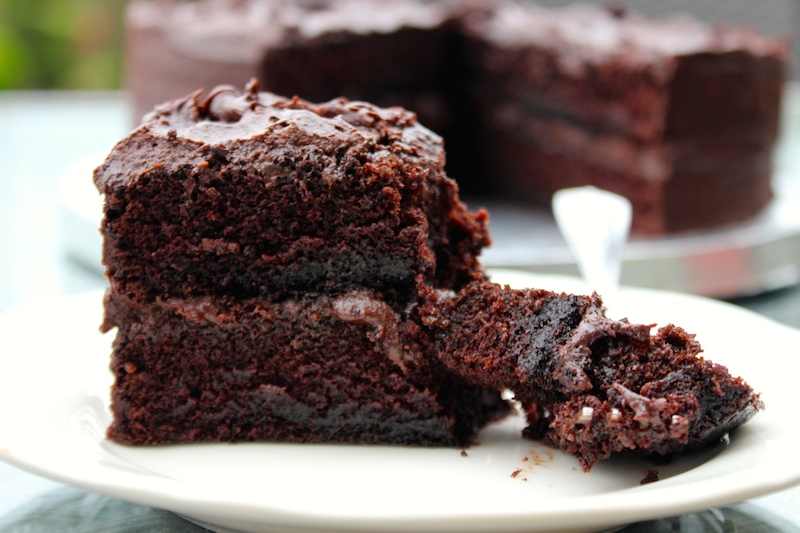Baking Soda vs Baking Powder
Ever wonder what the difference between baking soda and baking powder was? Well, wonder no more.

So you’re in your kitchen. You’re baking this awesome chocolate chip cookie recipe that you saw on Pinterest by Yours Truly. You’ve got the eggs in, the chocolate chopped and ready- everything is going great. You’ve got the baking soda out, ready to add.
But then disaster strikes.
No matter how much you tap the bottom of the box, nothing. Not even a particle. Escapes. You’re all out of soda. What to do, what to do? On that pantry shelf lies a full-to-the-brim box of baking powder. Can you use baking powder instead of baking soda? How do you substitute baking powder for baking soda?
I get asked this question almost daily on my Youtube channel. The answer is a little bit more complex than a simple “yes” or “no”.
Baking is a science. It’s all about reactions. How do cakes go from a gooey, drippy batter to a pristine, solid piece of mass? Well, that’s a blog post for another day.
How do cakes go from 1 inch of batter to 3 inches of spongey goodness? That’s the question we’re tackling today.
Before beginning, it’s important to note that both, baking powder and baking soda are both, chemical leaveners that assist give baked goods a lighter, airier texture.
Baking Soda
When I think baking soda, I think sodium bicarbonate from chemistry class. Sodium bicarbonate is basic. So when baking soda reacts with an acid (in a neutralization reaction), carbon dioxide is formed. The CO2 can also be released when the carbonate comes in contact with heat.
Because CO2 is a gas, it produces bubbles in the cake batter. These bubbles cause the cake batter to expand- you’ll notice that your cake is made up of tiny aerated pockets. That’s a result of a chemical reaction.
Common acids that react with baking soda include:
- Buttermilk
- Sour cream
- Yogurt
- Milk
- Vinegar
- Lemon juice
- Brown sugar
- Molasses
- Natural cocoa powder
Troubleshooting: You used baking soda but your cake didn’t rise. Was your baking soda fresh? Baking soda does have an expiration date. To make sure it is still good to use, place a small amount of baking soda in a dish with a small amount of vinegar. If there is a reaction, your baking soda is good to go (but obviously you’re not using the tested mixture- you’re using a fresh teaspoon or so).

A red velvet cupcake is the perfect example of baking soda doing its magic- vinegar (acid) + buttermilk + cocoa + baking soda = magical cupcakes
Baking Powder
Strange enough, baking powder is a milder version of baking soda. It contains a small amount of baking soda in addition to a dry acid (such as cream of tartar) and cornstarch. Note that baking soda is around 3 times stronger than baking powder.
Baking powder is double-acting. So although it is classified as an acid, It reacts in the face of moisture and heat. This means that a part of it will begin reacting immediately when added to the batter or wet ingredients, but a slower reaction will also take place in the oven as a result of the heat. Double-acting means two reactions. Get it? Got it? Good.
Troubleshooting: You used baking powder but something went wrong. To test for freshness, combine a small sample of baking powder with water. If a bubbly reaction takes place, you’re good to go!
Many recipes will call for a combination of baking soda and baking powder. This is because the carbon dioxide created by the baking soda may not be enough to leaven the dish adequately and therefore, baking powder is added for an extra boost.
For instance, both baking powder and baking soda are used in my chocolate cake recipe, which ensures adequate leavening and maximum fluffiness and moistness.
Substitutions
So lets get down to the real gist. When can you substitute one for the other?
Substituting baking soda for baking powder
Because baking soda is around 2-3 times stronger than baking powder, if you’re looking to substitute 1 tsp of baking soda with something, you’ll need 2-3 tsp of baking powder. Keep in mind that baking powder has a bitter, salty taste and too much of it may compromise the flavor of your cake.
Substituting for baking powder
You may not want to substitute baking soda for baking powder because baking powder is primarily acidic, unlike baking soda which is basic. This means that you may need to increase the amount of acid in a recipe so that a reaction can occur. But you can make your own. To do so, combine 2 parts cream of tartar (the acidic component) with 1 part of baking soda and 1 part cornstarch (optional).
Even though it isn’t recommended to use baking soda in place of baking powder, chemistry is full of exceptions – and sometimes (just sometimes) a replacement might just work. In chocolate chip cookies, for instance, using (the exact same quantity of) baking powder in place of (the exact same quantity of) baking soda still yields a delicious cookie- albeit a thicker one. But I like to stay on the safe side and stick to what the recipe calls for.
Note that a recipe (especially for baking- which is all about precision) is written to be (mostly) followed.
Now you know how to swap baking powder for baking soda with no issue – happy baking!
Sources:



great article on powder and soda